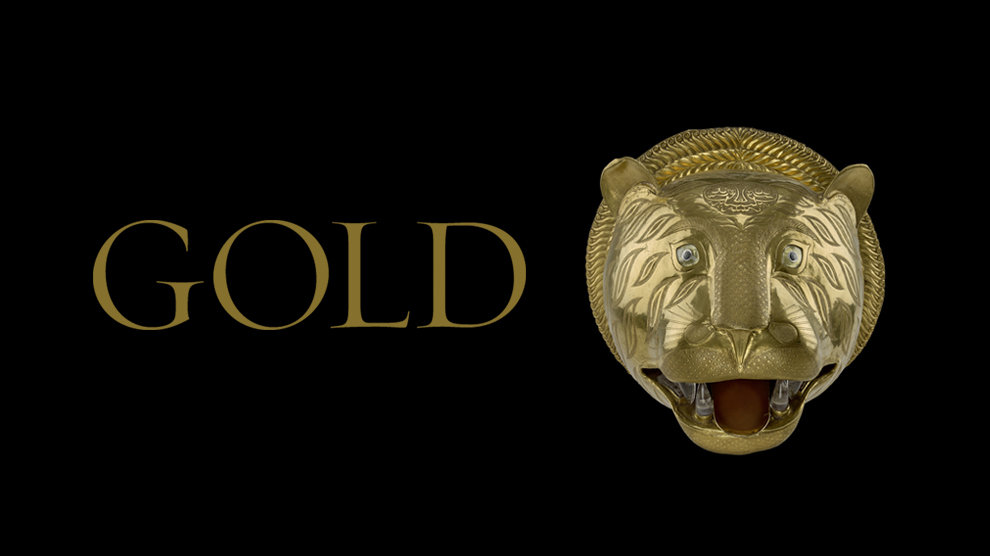
The Art of Gold
The allure of gold to artists is evident throughout history. The Rillaton Cup, which dates from the Early Bronze Age (1700-1500 BC), is formed from a single ingot of gold worked into a ridged form with simple tools to reflect the light. The same fascination with the reflective qualities of this metal is seen in William Nicholson's Gold Jug, created over 3,000 years later.
Gold is a soft, malleable material which is easily shaped. Many gold objects are later burnished, engraved or chased (chiselled) to give them a varied decorative surface. Gold is ductile so it can be drawn into fine wires and woven with silk to create cloth of gold. The metal may be beaten leaf-thin and applied to objects to give them lustre and shine, or to highlight decorative features on book bindings or works on paper. It can also be alloyed with other metals to dye it different shades.
As a rare and precious metal, gold has come to possess a mythical quality which is reflected in many of the paintings shown here – from the shower of gold which visited Danaë to the golden light infusing a seventeenth-century landscape in which the figures appear almost incidental.







